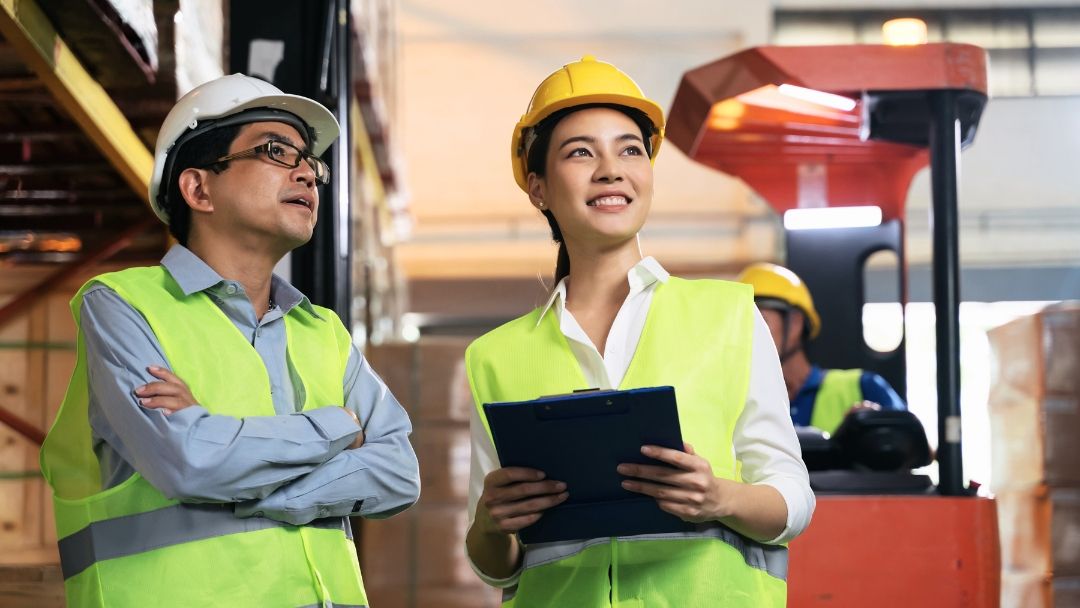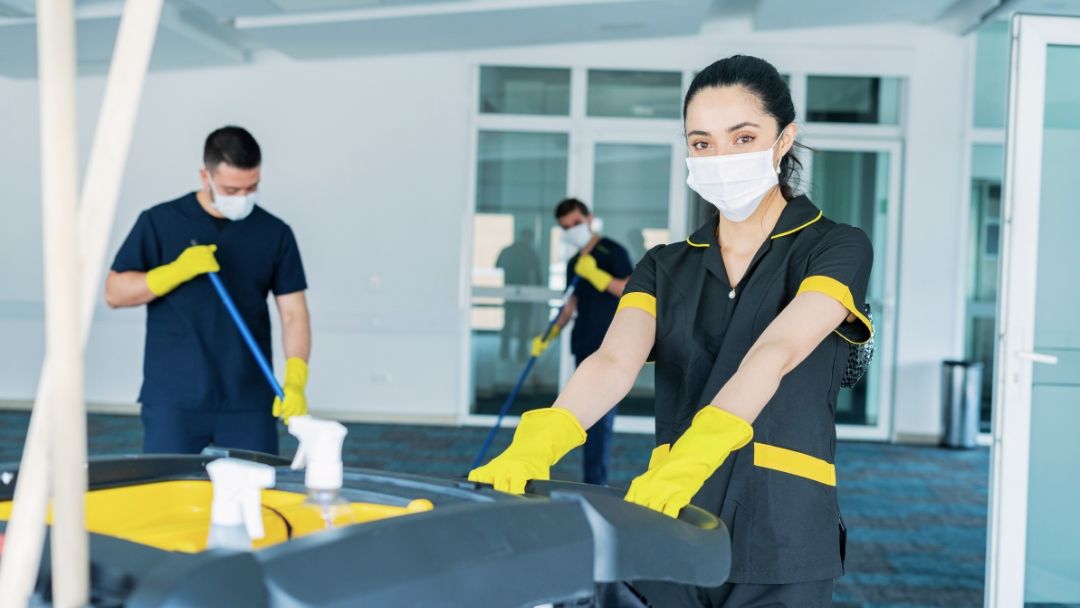Let's talk about something that's crucial for our safety on the job: Personal Protective Equipment, or PPE. Whether you’re working on a construction site, in a factory, or any other physically demanding environment, PPE is essential in preventing injuries and keeping us all safe. Let’s dive into what PPE is, why it’s so important, and how we can make sure we’re using it correctly.
What is PPE?
PPE includes a variety of gear designed to protect you from specific hazards in the workplace. This can range from hard hats and safety goggles to gloves and steel-toed boots. Each piece of equipment serves a specific purpose and is critical in reducing the risk of injury.
Types of PPE and Their Uses
1. Head Protection
Hard hats are a must on many job sites to protect against falling objects and head injuries.

2. Eye and Face Protection:
Safety glasses and face shields protect your eyes and face from flying debris, chemical splashes, and other hazards.
3. Hearing Protection:
Earplugs and earmuffs help protect your hearing in noisy environments.
4. Respiratory Protection:
Masks and respirators protect your lungs from harmful dust, fumes, and gases.
5. Hand Protection:
Gloves protect your hands from cuts, abrasions, and chemical exposure.

6. Foot Protection:
Steel-toed boots and other protective footwear shield your feet from heavy objects and punctures.
7. Body Protection:
Vests, aprons, and full-body suits protect against various hazards, including chemicals and extreme temperatures.
Why PPE is Important
PPE is your last line of defence against workplace hazards. While engineering controls and safe work practices are essential, PPE provides an additional layer of protection when other measures might not be enough. For example, even with machine guards in place, safety glasses are still necessary to protect your eyes from unexpected debris.
Ensuring Proper Use and Maintenance
1. Correct Fit and Use:
PPE must fit properly and be used as intended to be effective. Ill-fitting gear can be uncomfortable and may not provide adequate protection.
2. Regular Inspection:
Before using any PPE, inspect it for damage or wear. Cracked helmets, torn gloves, or scratched safety glasses should be replaced immediately.

3. Maintenance and Storage:
Keep your PPE clean and store it properly when not in use. For instance, respirators need to be cleaned regularly and stored in a dry, clean place.
4. Training:
Ensure you are trained on how to use and care for your PPE. Knowing how to don and doff equipment correctly can make a significant difference in your protection.
Employer Responsibilities
Employers have a duty to provide appropriate PPE and ensure it’s used correctly. This includes:
- Conducting risk assessments to identify necessary PPE.
- Providing PPE at no cost to employees.
- Training employees on the proper use and maintenance of PPE.
- Regularly reviewing and updating PPE requirements based on workplace conditions.
Conclusion
PPE is an essential part of our safety toolkit on the job. By understanding its importance, ensuring proper use, and maintaining our equipment, we can significantly reduce the risk of injuries and stay safe at work. Remember, safety isn’t just about having the right gear; it’s about using it correctly every day.
Level up your workplace safety!
